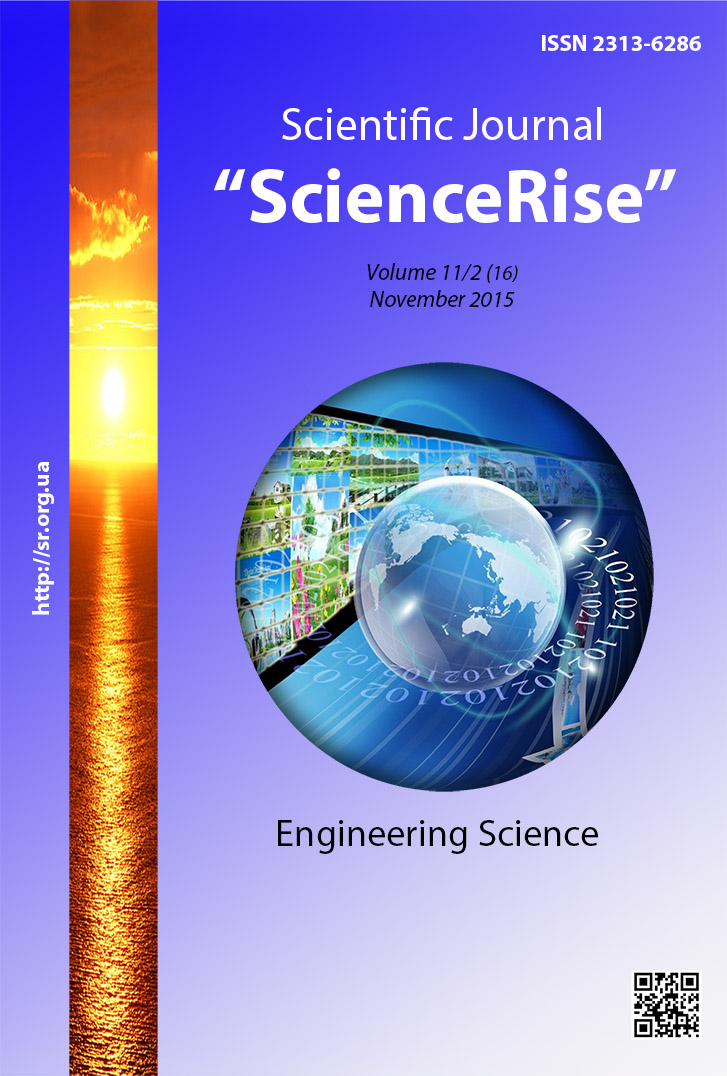LDPC code optimization techniques to improve the error correction threshold
DOI:
https://doi.org/10.15587/2313-8416.2015.53966Keywords:
stopping set, error control coding, Tanner graph, parity check matrixAbstract
Non-empty stopping sets, which are the main reason for achieving a threshold of errors in data transmission channels, are studied. New algorithm of transfer smallest stopping sets and stop distance of any LDPC code is proposed. More functional and flexible technique of splitting-and-filling is proposed. Time for which will be transferred the smallest stopping sets and founded stop distance of any LDPC code is calculatedReferences
Richardson, T. (2003). Error-floors of LDPC codes. Flarion Technologies Bedminster, N. J., 1426–1435. Availablew at: http://www.ldpc-codes.com/papers/ErrorFloors.pdf
Milenkovic, O., Soljanin, E., Whiting, P. (2007). Asymptotic Spectra of Trapping Sets in Regular and Irregular LDPC Code Ensembles. IEEE Transactions on Information Theory, 53 (1), 39–55. doi: 10.1109/tit.2006.887060
Tian, T., Jones, C., Villasenor, J., Wesel, R. D. (2003). Construction of irregular LDPC codes with low error floors. Vol. 5. Communication, Control and Computing, 3125–3129. doi: 10.1109/icc.2003.1203996
Chih-Chun, W., Kulkarni, R. S., Poor, H. V. (2006). Exhausting Error-Prone Patterns in LDPC Codes. IEEE Transactions on Information Theory, 46–70.
Li, H., Huang, W., Dill, J. (2010). Construction of irregular LDPC codes with low error floors. Communication, Control and Computing, 1123–1128.
Richardson, T. J., Shokrollahi, M. A., Urbanke, R. L. (2001). Design of capacity-approaching irregular low-density parity-check codes. IEEE Transactions on Information Theory, 47 (2), 619–637. doi: 10.1109/18.910578
Kou, Y., Lin, S., Fossorier, M. P. C. (2001). Low-density parity-check codes based on finite geometries: a rediscovery and new results. IEEE Transactions on Information Theory, 47 (7), 2711–2736.
Downloads
Published
Issue
Section
License
Copyright (c) 2015 Роман Сергійович Новиков

This work is licensed under a Creative Commons Attribution 4.0 International License.
Our journal abides by the Creative Commons CC BY copyright rights and permissions for open access journals.
Authors, who are published in this journal, agree to the following conditions:
1. The authors reserve the right to authorship of the work and pass the first publication right of this work to the journal under the terms of a Creative Commons CC BY, which allows others to freely distribute the published research with the obligatory reference to the authors of the original work and the first publication of the work in this journal.
2. The authors have the right to conclude separate supplement agreements that relate to non-exclusive work distribution in the form in which it has been published by the journal (for example, to upload the work to the online storage of the journal or publish it as part of a monograph), provided that the reference to the first publication of the work in this journal is included.

